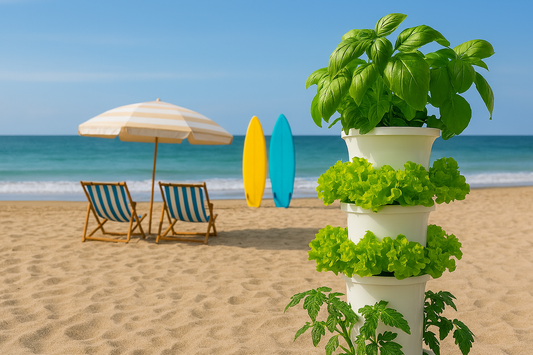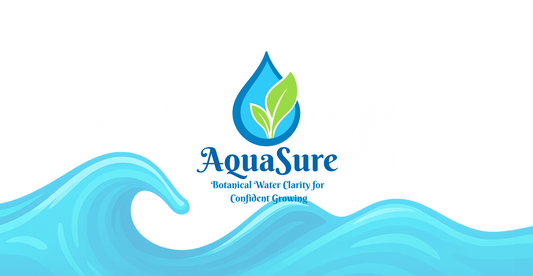
Getting Started – Before You Even Open the Box

This guide is designed to help you lay the groundwork for success before your first seed even touches the system. Think of it as your pre-flight checklist for a thriving indoor garden.
🧬 1. Understand Your Seeds: Germination Isn’t Guaranteed

- How to pre-soak seeds for better success
- Ideal temperature and moisture conditions
- Proper nutritional needs and timing
🌡️ 2. Know Your Environment: VPD Matters
This is something that you probably haven't heard of. Vapor Pressure Deficit (VPD) is the invisible force that governs how your plants breathe, drink, and grow. A combination of both chemistry and physics. Mismanaging VPD can lead to nutrient lockout, stunted growth, or mold, excessive algae, and what is mistakingly thought of as nutrient deficiencies. Our VPD Guide explains:
- How temperature and humidity interact
- Ideal VPD ranges for seedlings, veg, and flowering stages
- How to monitor and adjust your grow space

💧 3. Prep Your Water: Not All H2O Is Created Equal

Water quality directly affects nutrient uptake and system longevity. Tap water may contain chlorine, chloramines, or excess minerals that disrupt plant health. Our Water Prep Guide covers:
- Filtering options (charcoal, RO, rainwater)
- pH, EC, and PPM goals for hydroponics
- Water Sources and more
🧼 4. Prevent Mineral Buildup: Maintenance Starts Early

Even with filtered water, mineral accumulation is inevitable. Left unchecked, it can clog pumps, coat roots, and reduce nutrient absorption. Our Reducing Mineral Buildup Guide teaches:
- How evaporation and overfeeding contribute to buildup
- Cleaning protocols using citric acid or vinegar
- How VPD and water changes help prevent deposits
🥬 5. Choose Crops Wisely: Compatibility Is Key
Not all plants play well together. Mixing crops with different light, nutrient, or space requirements can lead to imbalanced growth and pest issues. Our Crop Selection Guide helps you:
- Understand which crops thrive in hydroponics
- Avoid mixing incompatible varieties
- Plan for rotation and harvest timing


